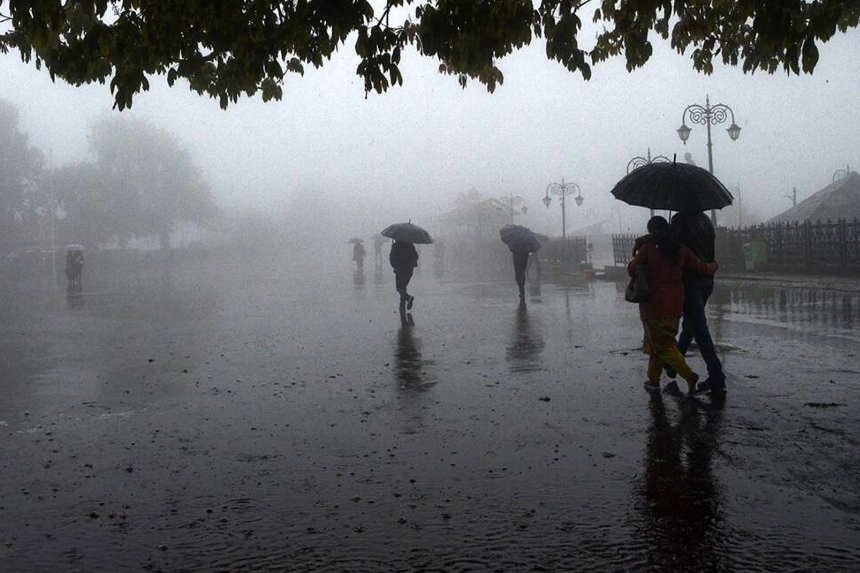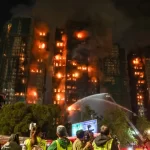In many regions, such as South or Southeast Asia, the monsoon season brings regular heavy rain around the same time of day or week due to consistent moisture-laden winds, Some weather systems, like frontal boundaries or low-pressure systems, may follow a weekly cycle due to broader atmospheric movement, occasionally aligning with specific days like Friday,
The weather department (IMD) has forecast more rain, thunder, and lightning in Delhi-NCR on Saturday, which could cause delays for travellers arriving at or departing from Delhi Airport.
This follows Friday’s severe rain and windstorms that affected parts of Delhi. Up until Tuesday, May 6, the weather will remain overcast with a little rain. The temperature on Saturday morning was 22°C, which is below average for this season. The intense rains that fell on Delhi were unexpected and out of the ordinary. In recent years, Friday was one of the wettest May days in Delhi.
The region experienced thunderstorms due to a combination of moisture and winds from the Bay of Bengal and the Arabian Sea. The poor weather caused more than 200 flights to be cancelled or delayed. Tragically, a tree that had been uprooted by strong winds fell on a tubewell room in Dwarka, killing four people—three of them children. PWD Minister Parvesh Verma and Delhi Chief Minister Rekha Gupta visited waterlogged areas.
The chief minister stated during a visit to Majnu Ka Tila that the roads and water issues were left over from the previous administration and would require time to resolve. Officials are trying to make things better, she said. As is evident, each year during the monsoon, Delhi’s post-rainfall conditions are appalling and frequently pose a threat to life. Delhi frequently drowns in floodwaters after just one day of rain. Seasonal weather patterns and atmospheric conditions combined to cause Friday’s intense rains in Delhi.








